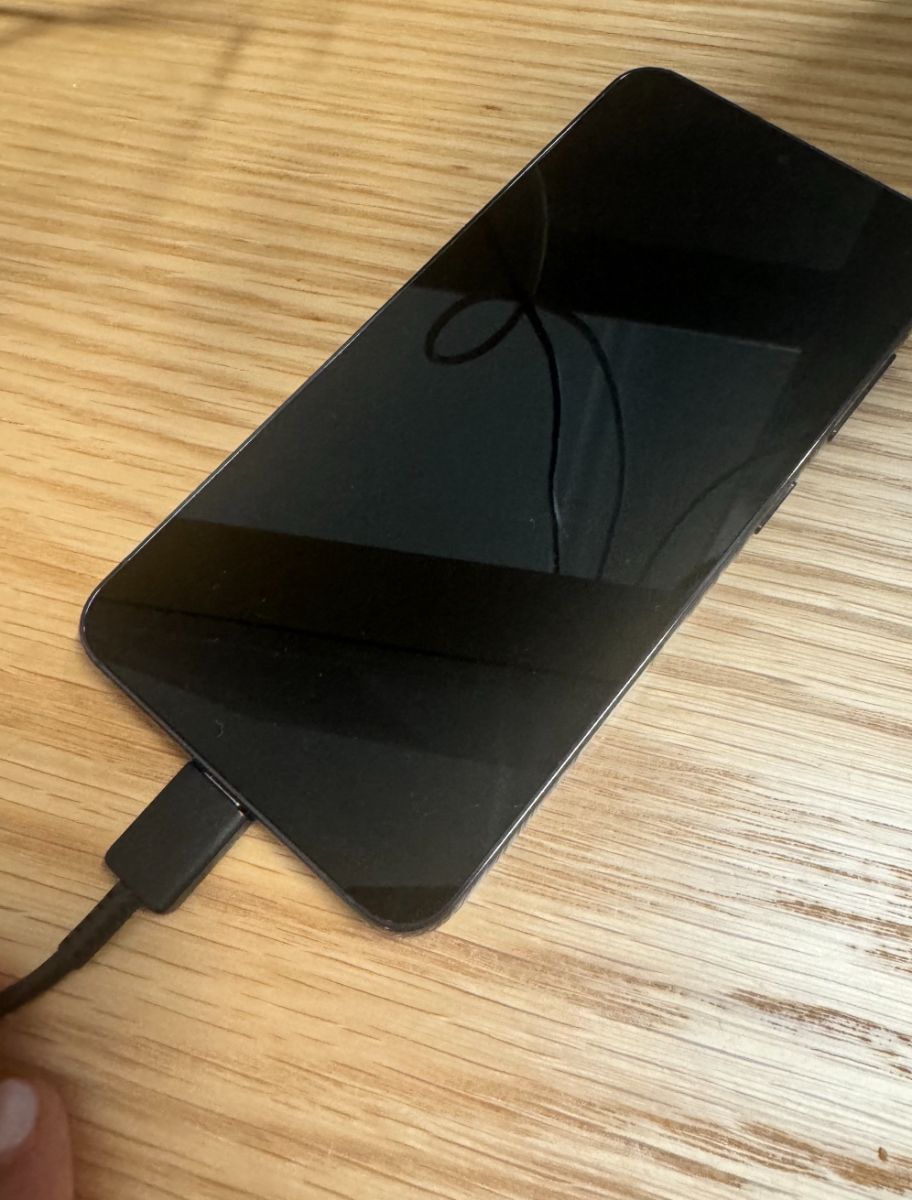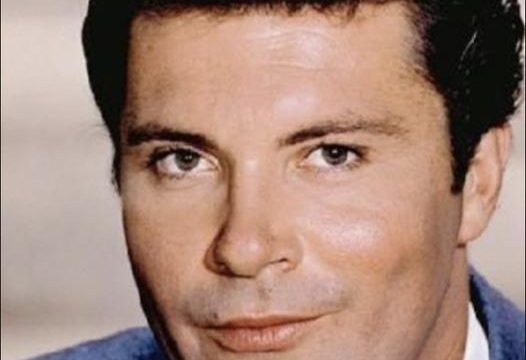In a world where convenience is king, it’s easy to leave your phone charger plugged into the wall, even when it’s not in use. After all, it’s just easier to grab the cable and plug in your phone when you need it, right? But recently, my electrician gave me some important advice that changed the way I view this everyday habit. He explained the dangers of leaving a charger plugged in without any device attached—and I wish I had known this sooner.

Here’s why you should always unplug your charger when it’s not in use:
1. Fire Hazard: A Small Device with Big Risks
One of the biggest dangers of leaving your charger plugged into the socket is that it can become a fire hazard. Even when a charger isn’t connected to your phone, it continues to draw a small amount of electrical current. This can lead to overheating, and if the charger is faulty or there’s a sudden power surge, it could spark a fire.
My electrician emphasized this point with some alarming stories about homes that had experienced fires caused by something as small and seemingly harmless as a charger left plugged in. Cheap, unbranded chargers are especially dangerous because they often lack proper safety mechanisms to prevent overheating.
How It Happens:
- Overheating: When a charger is left plugged in, it can still generate heat over time, especially in poorly ventilated spaces. This heat buildup can damage the components or even cause them to melt.
- Electrical Short Circuits: If the charger or its wires are damaged, it can short-circuit, potentially causing sparks or a fire.
To minimize this risk, it’s important to unplug chargers when they aren’t in use and always invest in high-quality, certified chargers.
2. Energy Waste: It Adds Up
Did you know that leaving your charger plugged in when it’s not connected to your phone can waste energy? While the amount of power it draws is small, it’s not zero. This “phantom load,” or “vampire power,” builds up over time and can increase your electricity bill.
You may think that a single charger uses only a tiny bit of electricity, but when you factor in multiple devices and chargers left plugged in throughout your home, it can result in a noticeable rise in energy consumption.
The Environmental Impact: Even though a charger uses a small amount of energy, millions of people leaving their chargers plugged in creates a significant environmental impact. Experts estimate that phantom load from electronics can account for up to 5-10% of total household electricity use. By unplugging devices when they’re not needed, you can reduce energy waste and help the environment.
3. Charger Longevity: Prolong Its Life
Another reason to unplug your charger is to extend its lifespan. When a charger is left plugged in, even if it’s not connected to a device, it’s still exposed to electrical currents that can cause wear and tear on its internal components. Over time, this constant exposure can degrade the charger’s circuitry, shortening its lifespan.
Signs of Wear:
- Warm Charger: If your charger feels warm when it’s plugged in without a phone attached, that’s a sign it’s under stress, which could damage the components over time.
- Frayed Cables: Leaving chargers plugged in for extended periods can cause wear at the connection points, leading to frayed or damaged cables. This is not only a safety hazard but also a quick way to ruin your charger.
4. Protect Sensitive Electronics
Power surges can happen unexpectedly, especially during storms or when there are issues with your home’s electrical system. If a charger is left plugged in during a surge, even without a phone connected, it could be damaged. Worse, the next time you connect your phone, the damaged charger could fry your electronics.
Surge Protection: While some chargers come with built-in surge protection, it’s not guaranteed. Using a surge-protected power strip is a good idea, but the best way to protect your charger and your devices is simply to unplug the charger when it’s not in use.
5. A Simple Habit That Can Save You Hassle
When my electrician first warned me about the risks of leaving chargers plugged in, I thought it sounded overly cautious. But after doing some research and hearing real-life examples, I realized how easy it is to avoid these problems. The simple act of unplugging your charger can prevent fires, save energy, and extend the life of both your chargers and devices. It’s a small habit that’s well worth the effort.
Building the Habit:
- Set Reminders: If you tend to forget to unplug your charger, set a reminder on your phone or place a note near your most-used outlets.
- Power Strips: Use power strips with individual switches so you can turn off multiple chargers at once without unplugging each one.
- Designated Charging Areas: Set up specific charging stations where chargers are only plugged in when actively charging a device. This way, you won’t accidentally leave chargers plugged in all over the house.
Conclusion: Take Charge of Your Charging Habits
It might seem like a minor detail in your daily routine, but leaving a charger plugged in without a device attached comes with surprising risks and drawbacks. From fire hazards and wasted energy to shortened charger lifespans and potential damage to your electronics, there are plenty of reasons to start unplugging chargers when they’re not in use.
My electrician’s advice has changed the way I handle my chargers, and I wish I had known this sooner. Start forming the habit today—unplugging your chargers is a simple step that can save money, reduce risk, and contribute to a safer, greener home.





